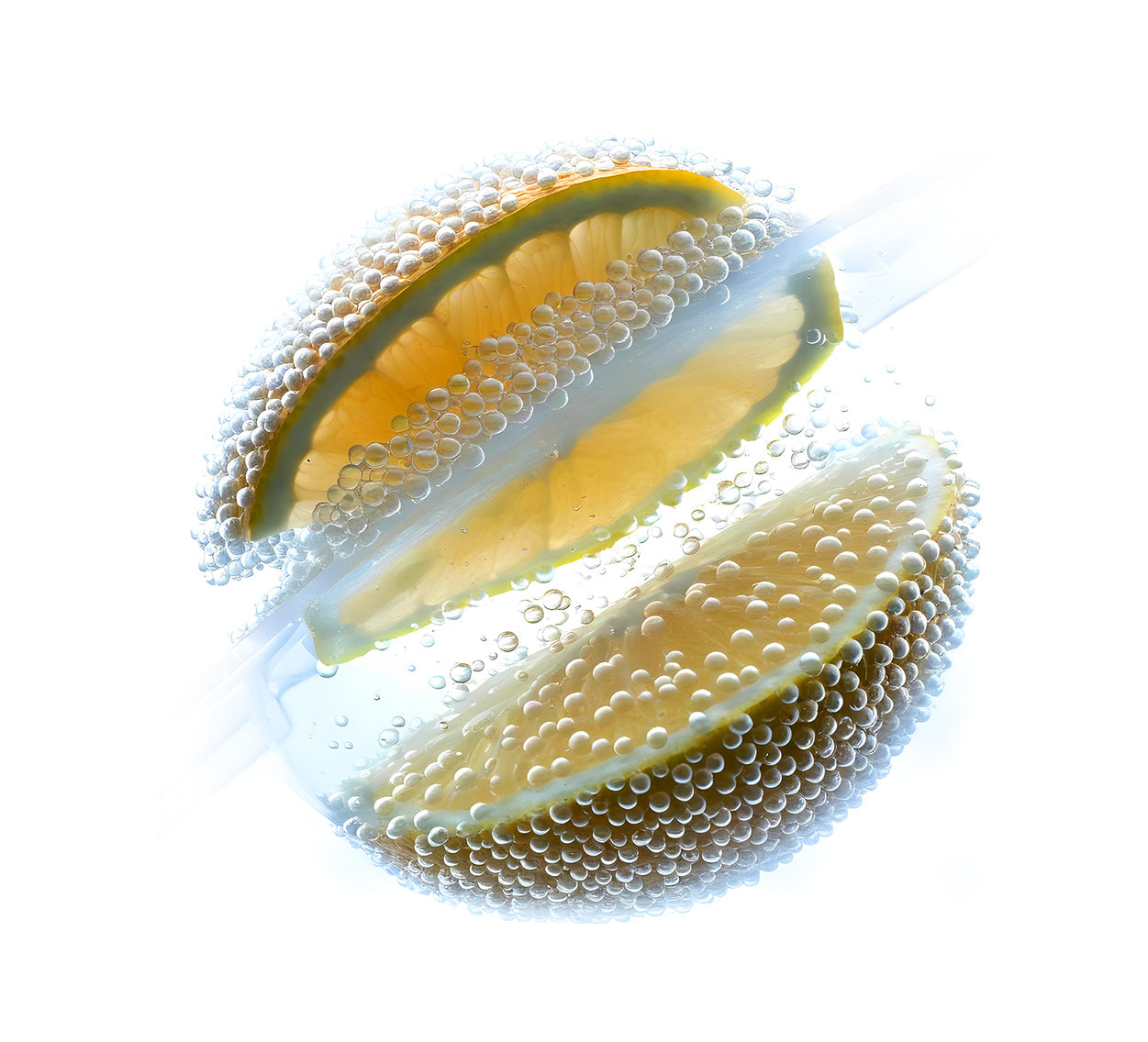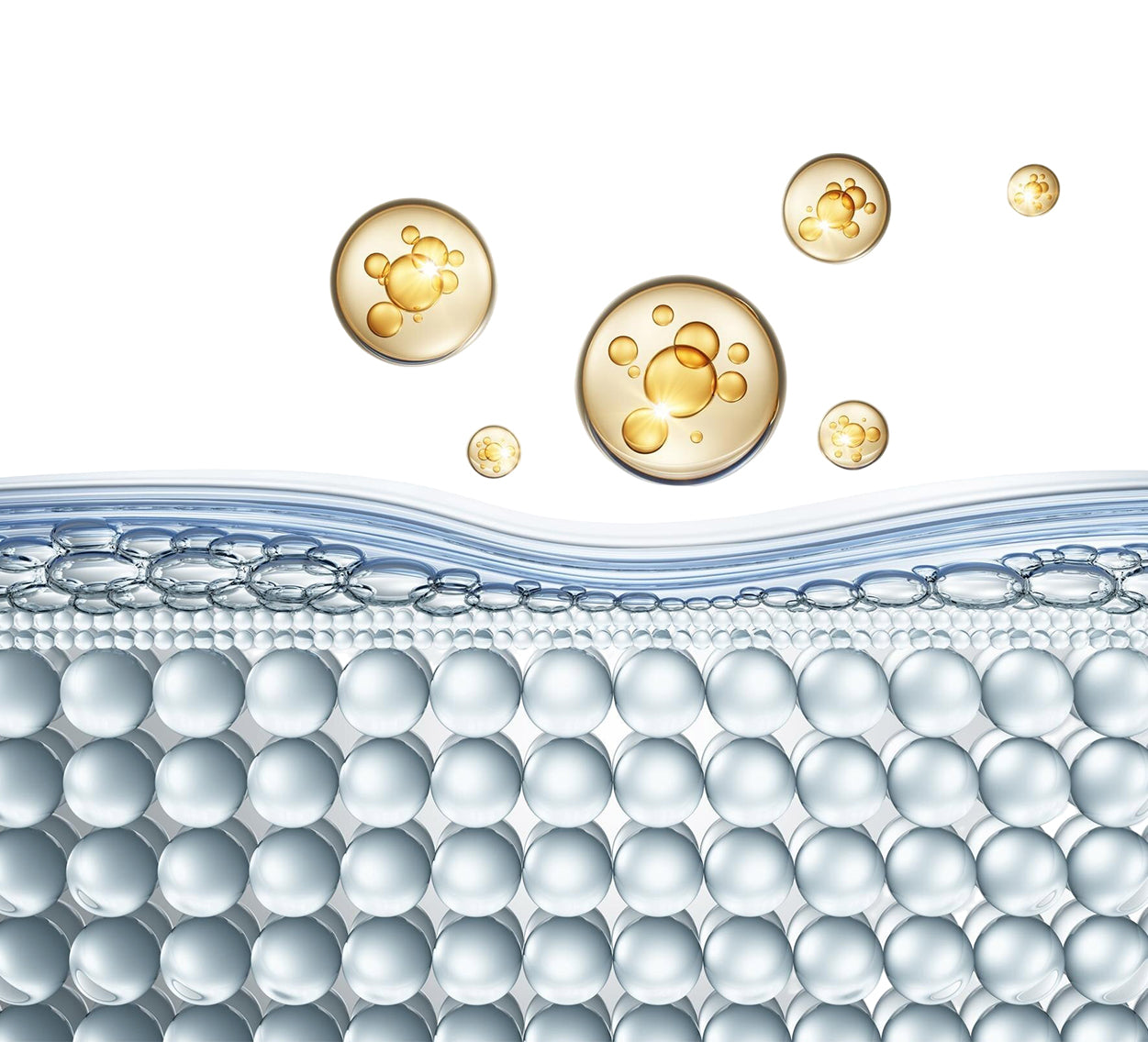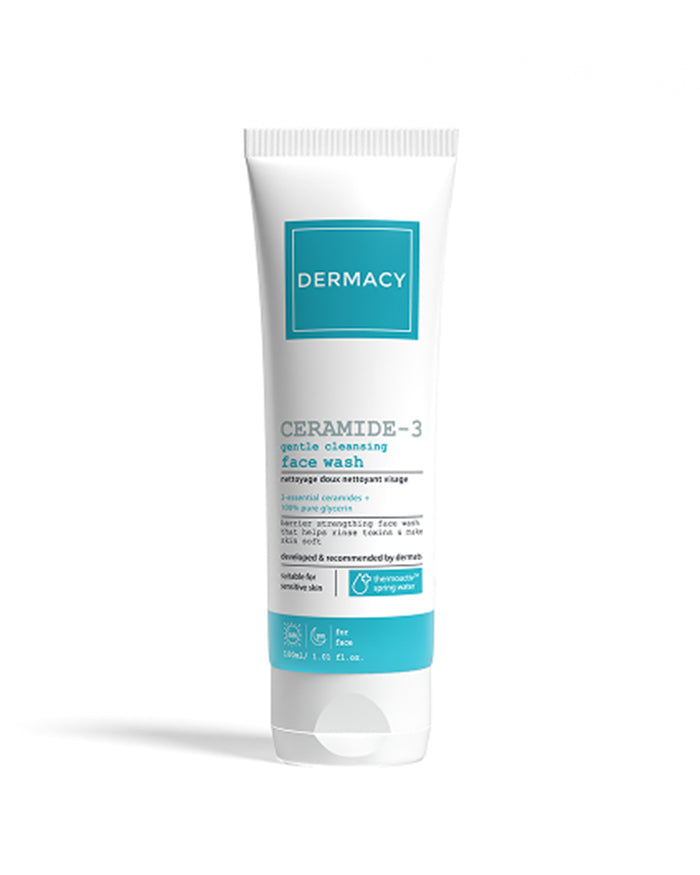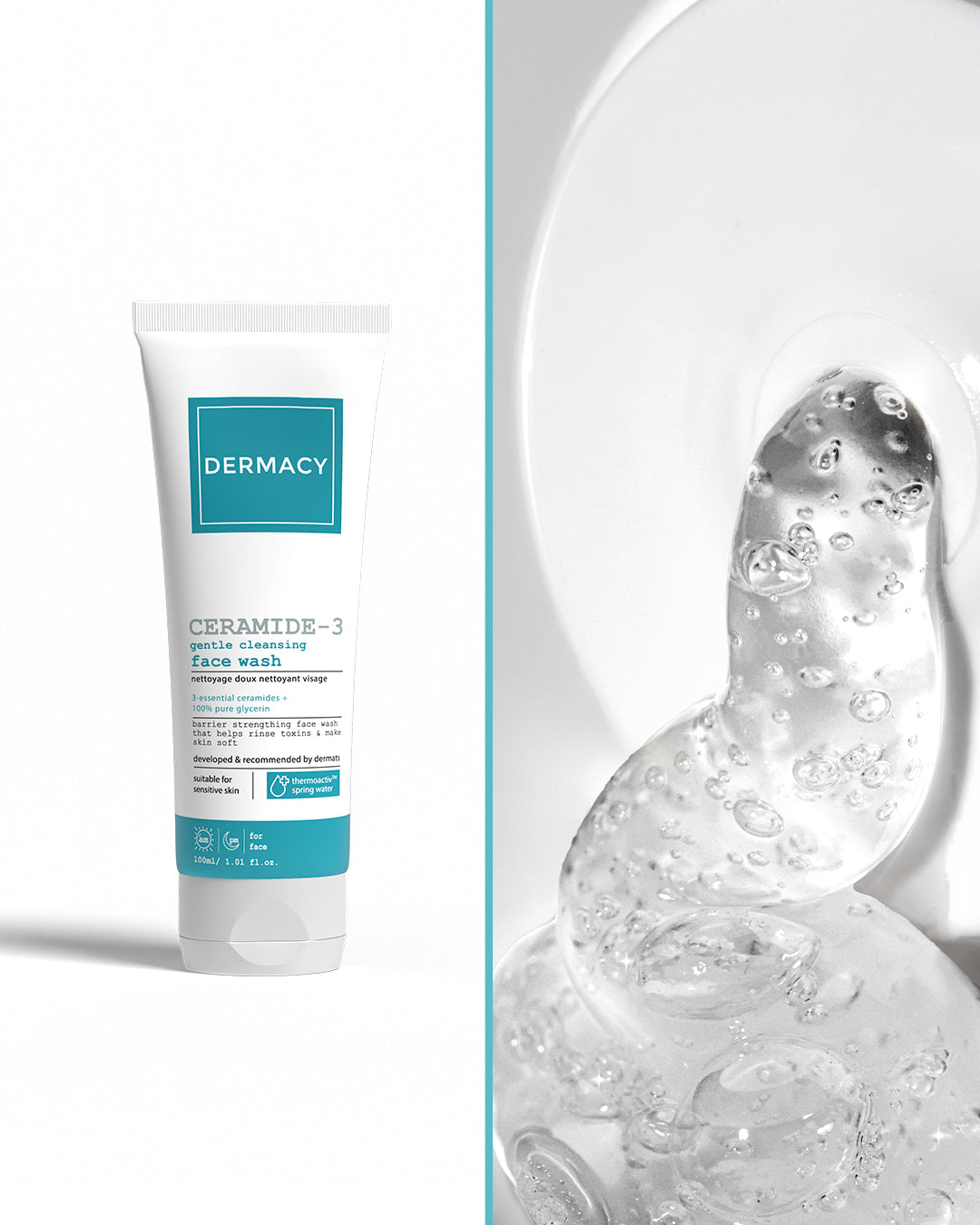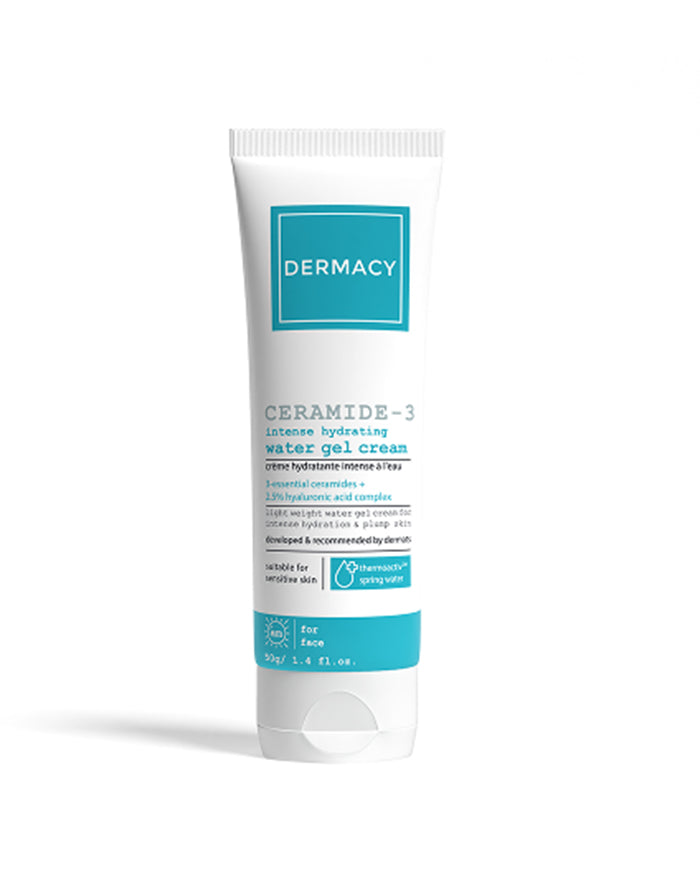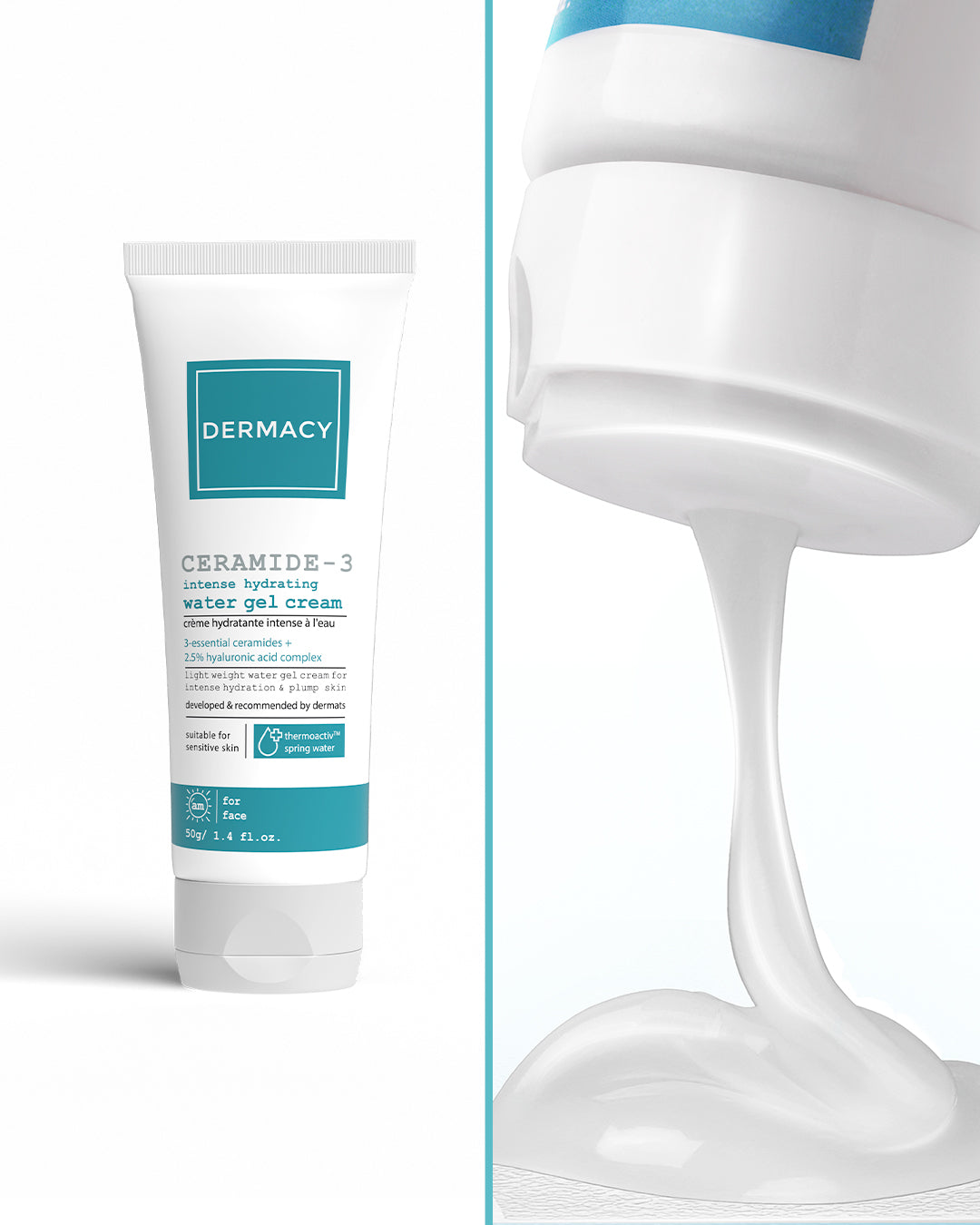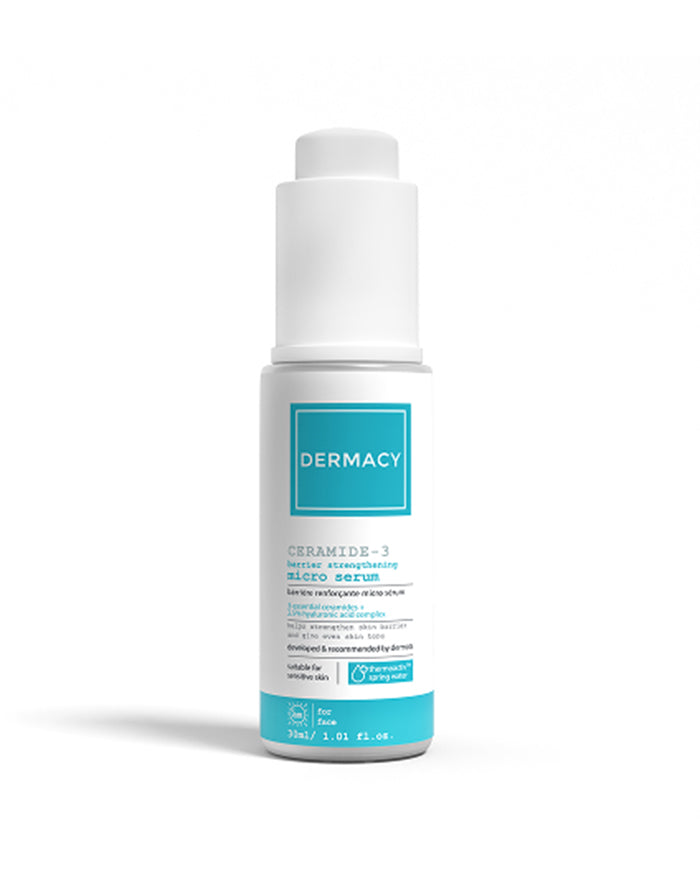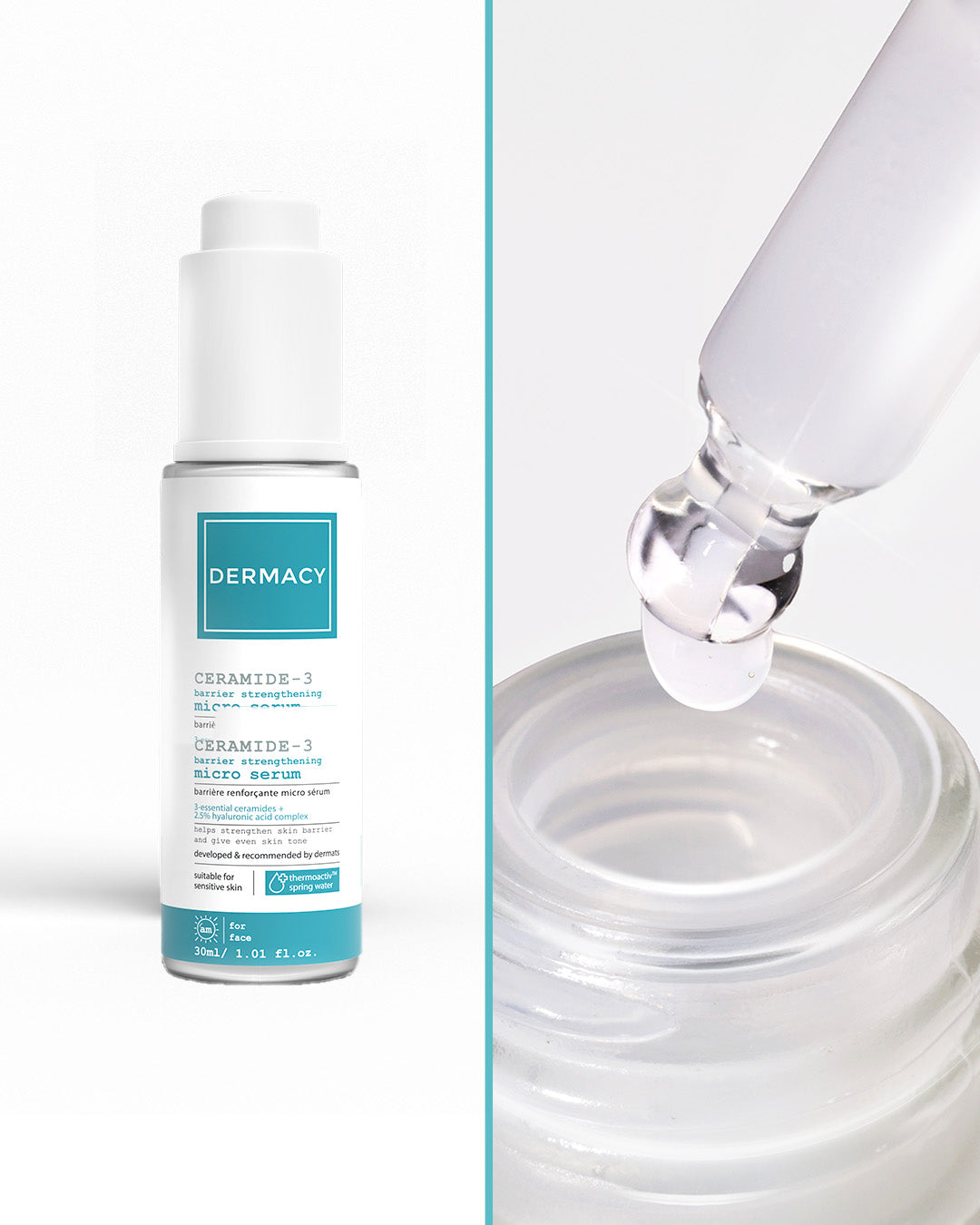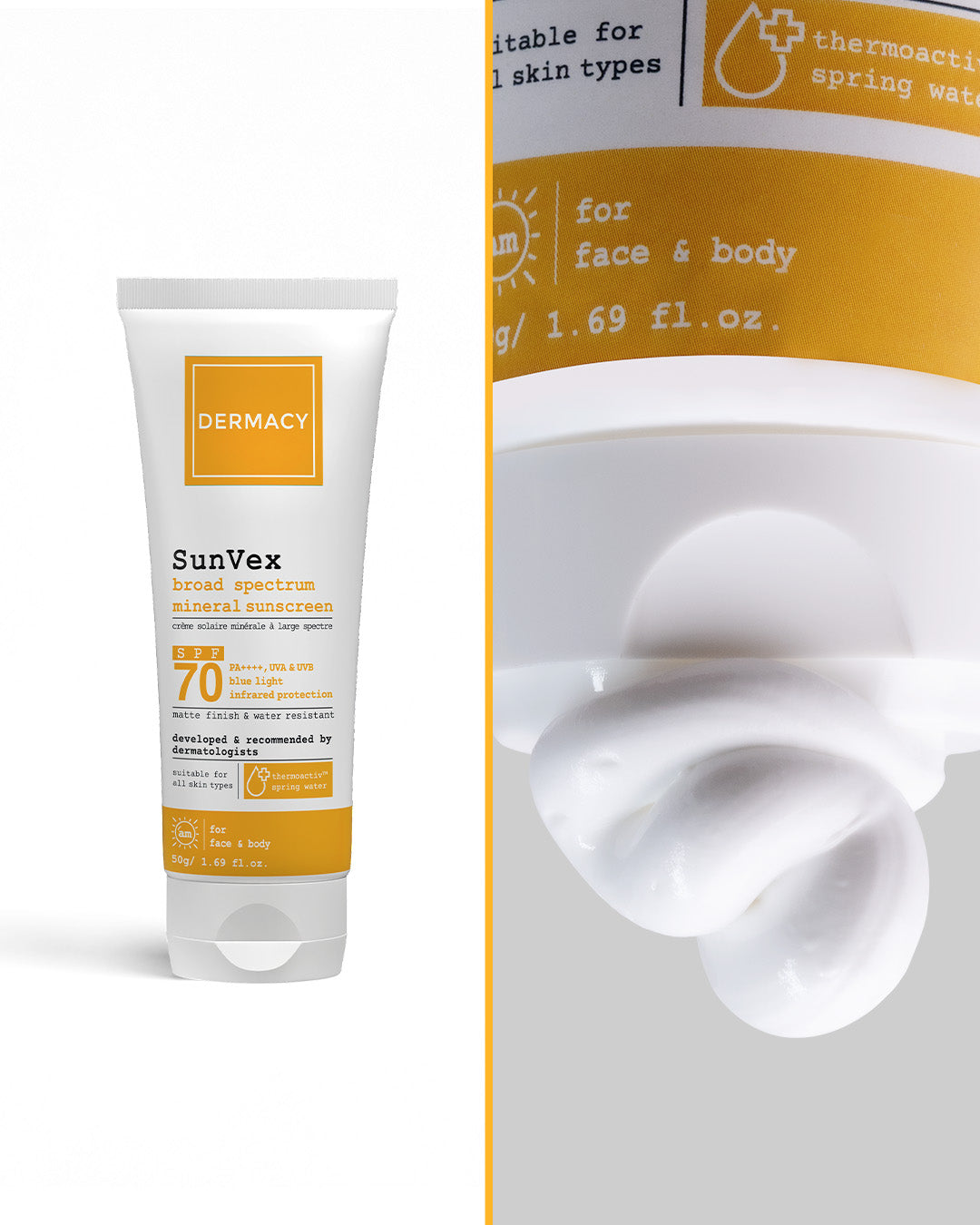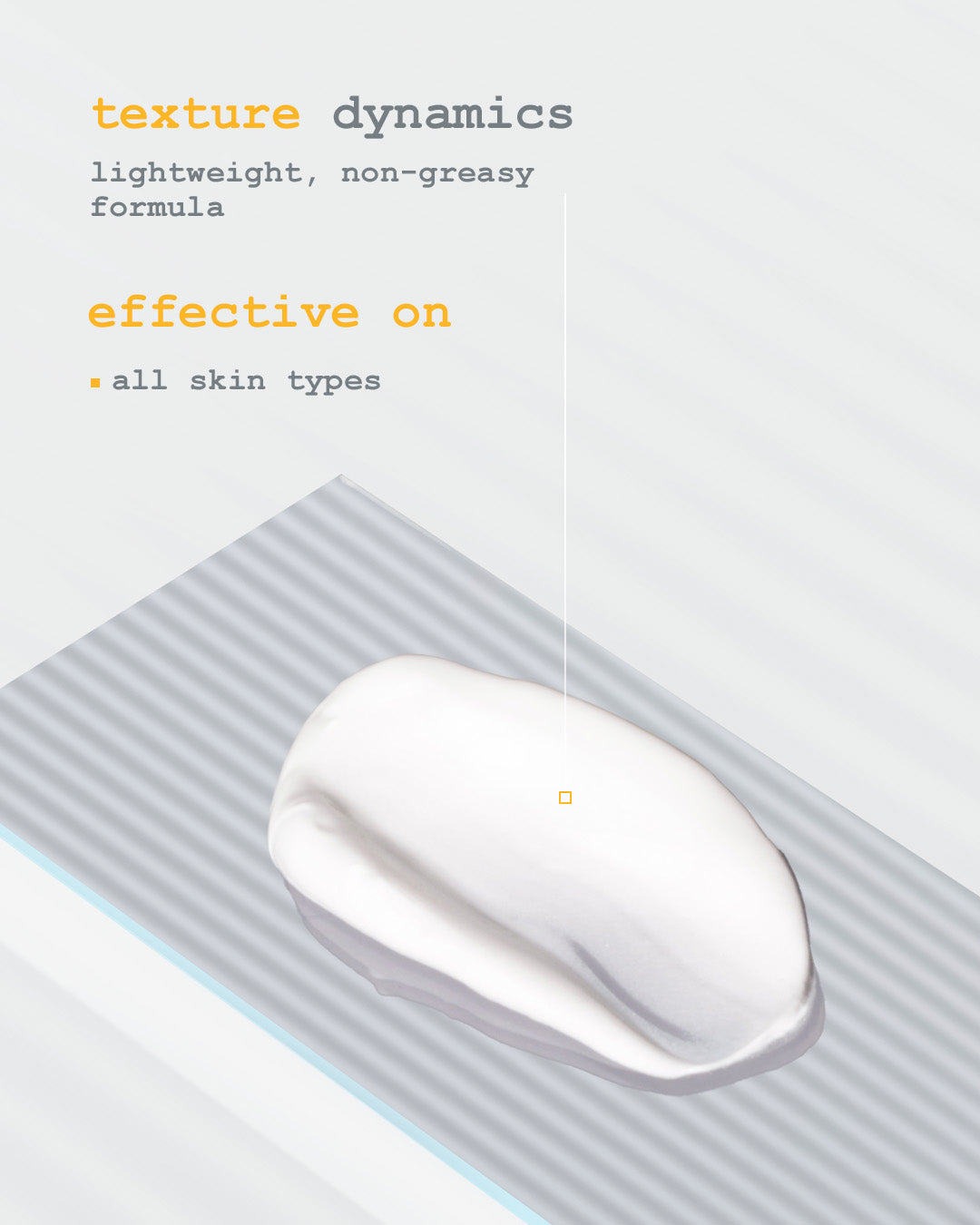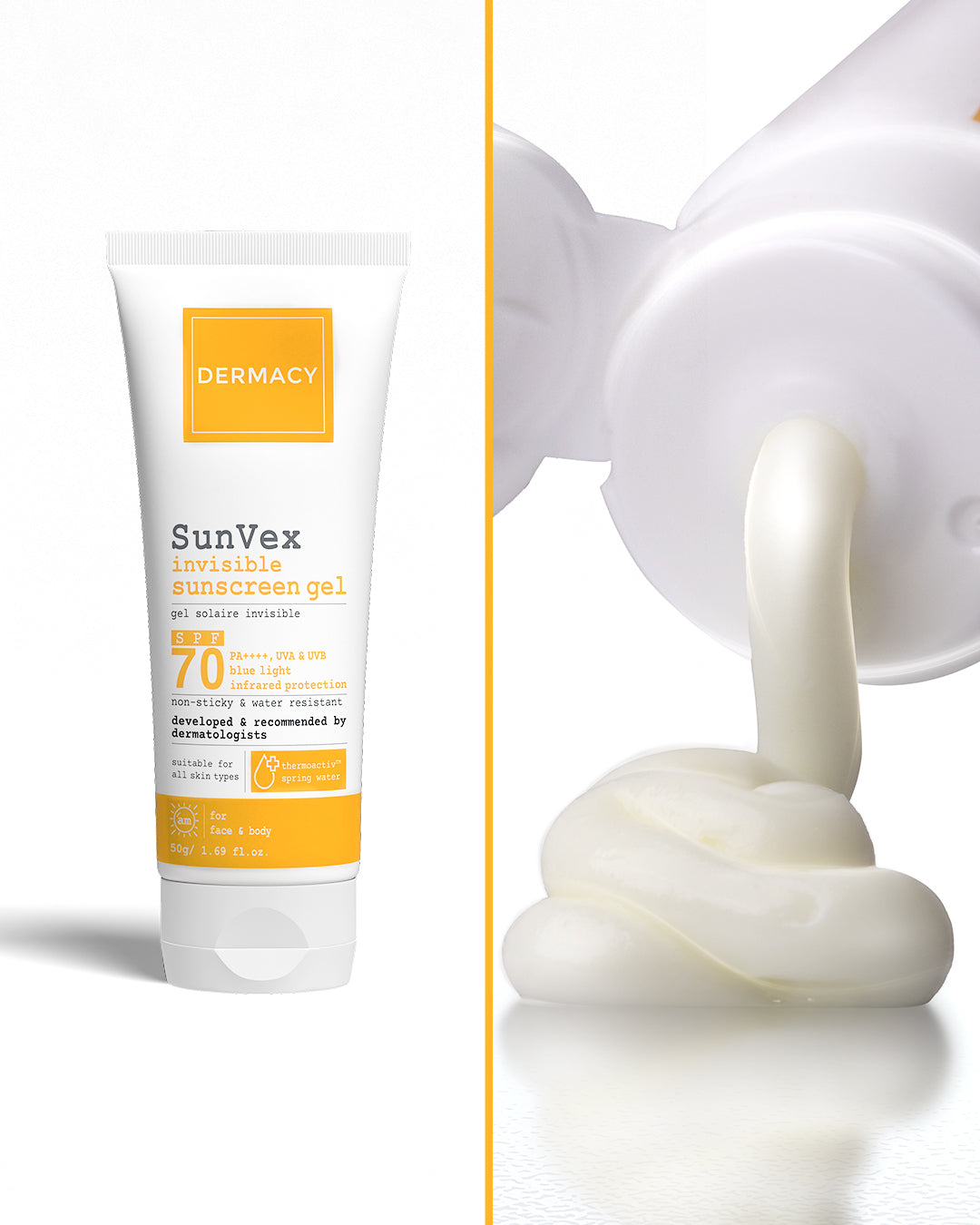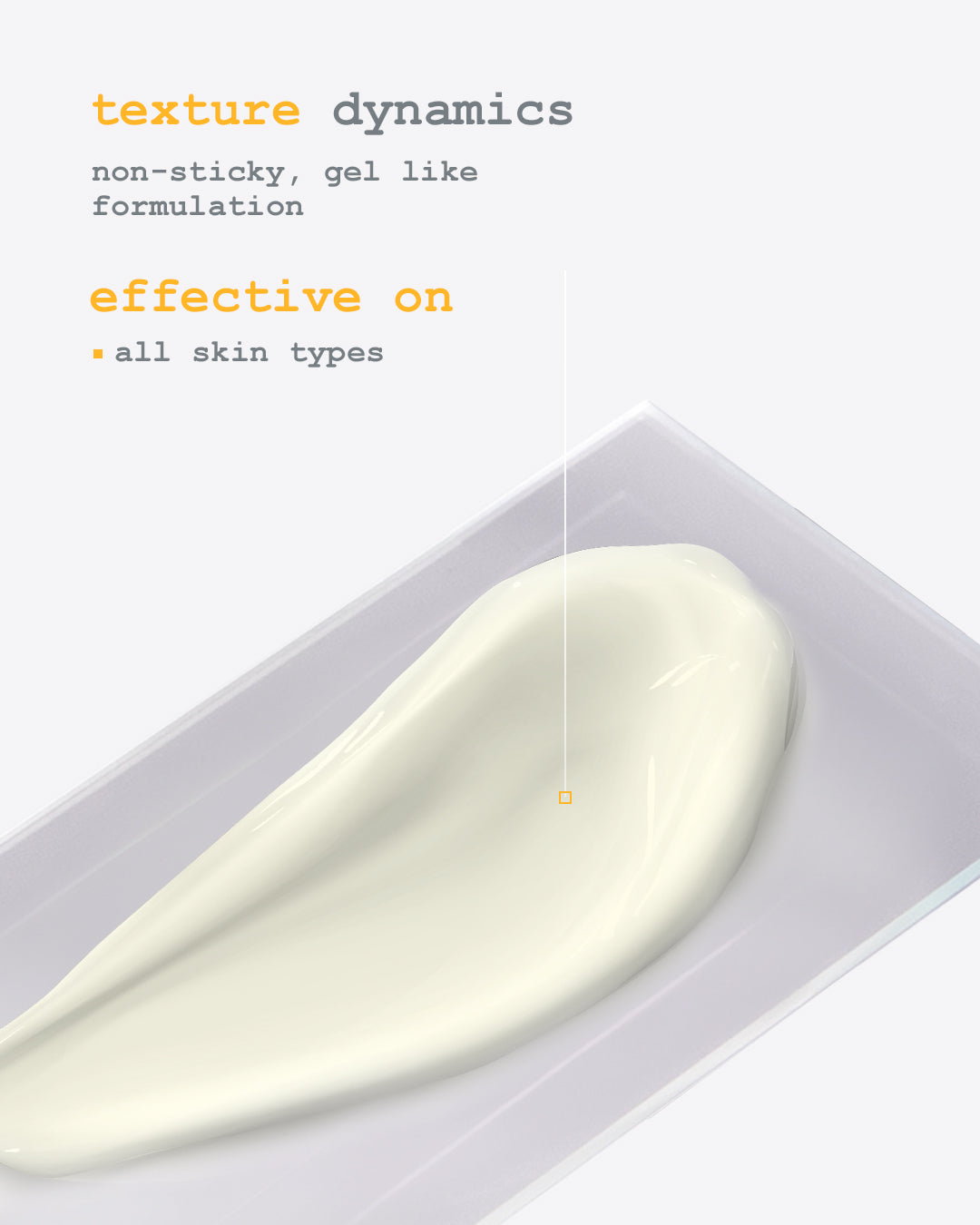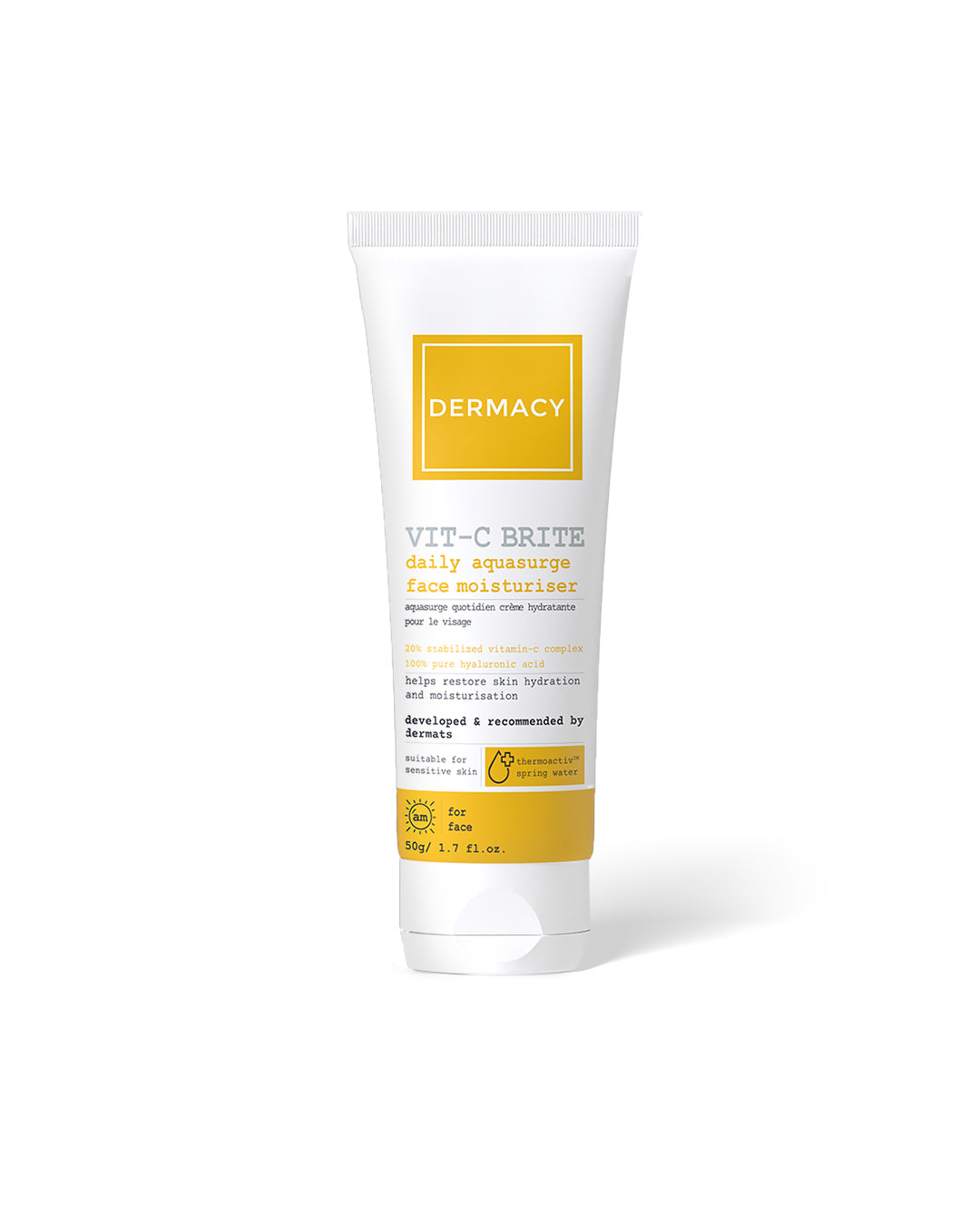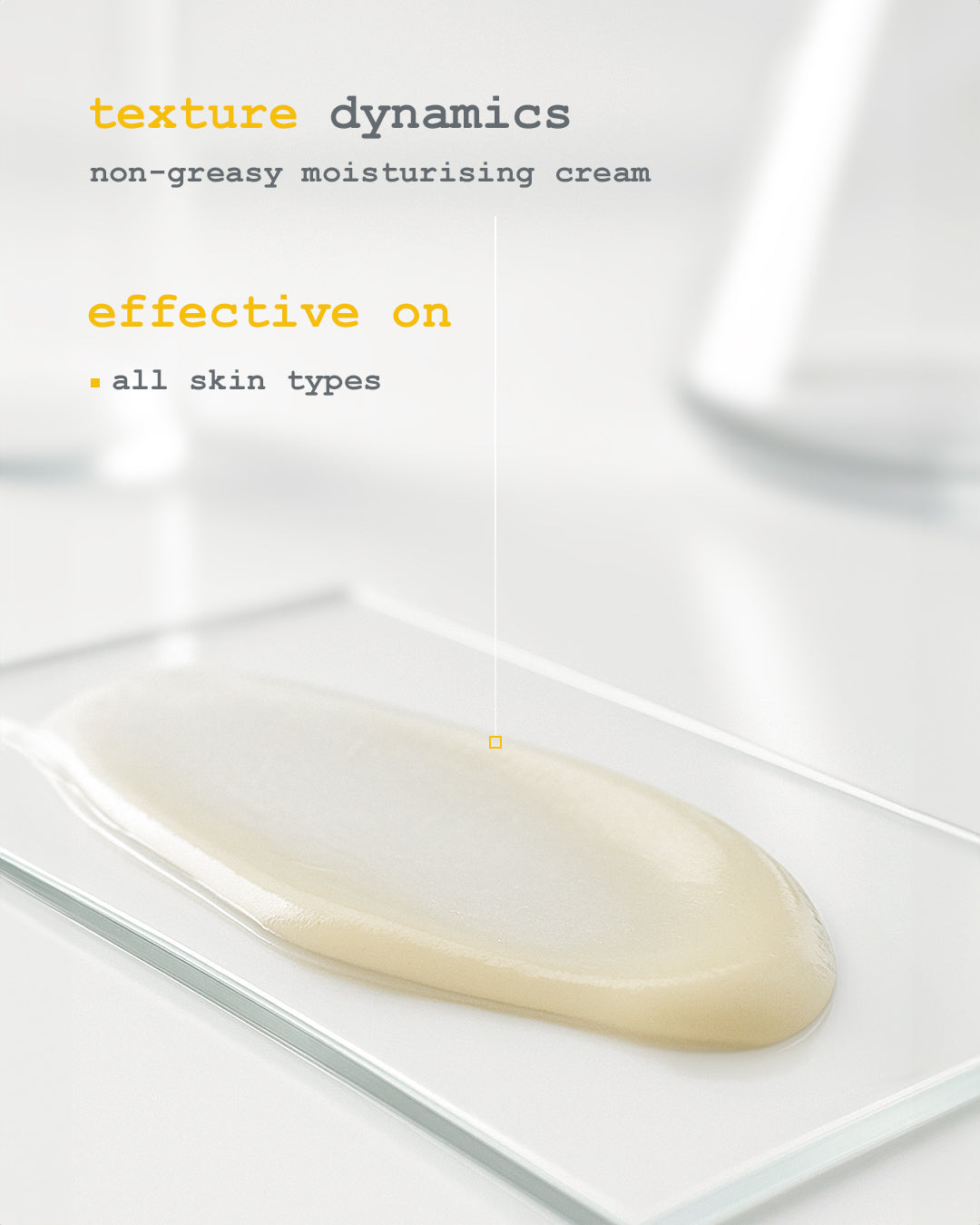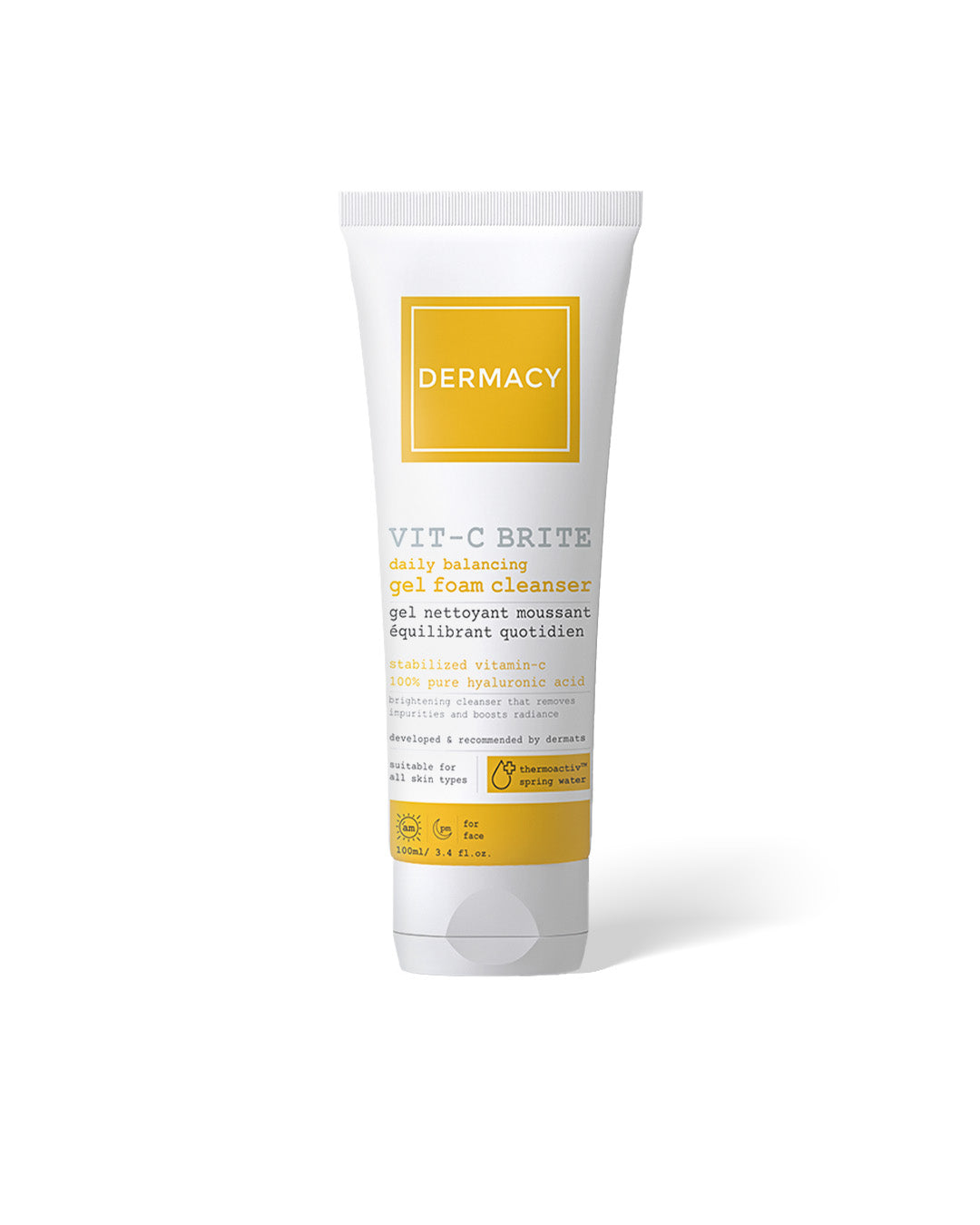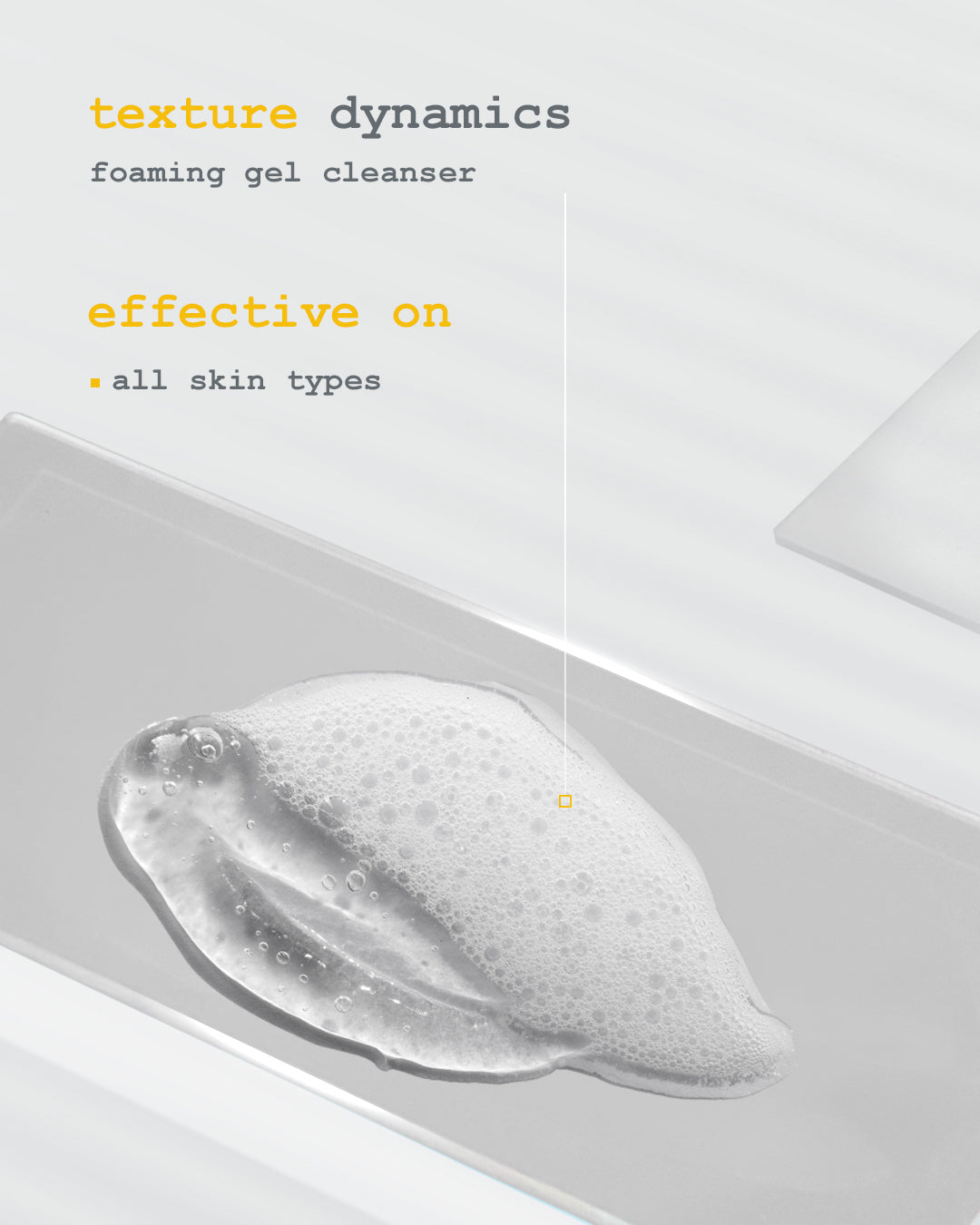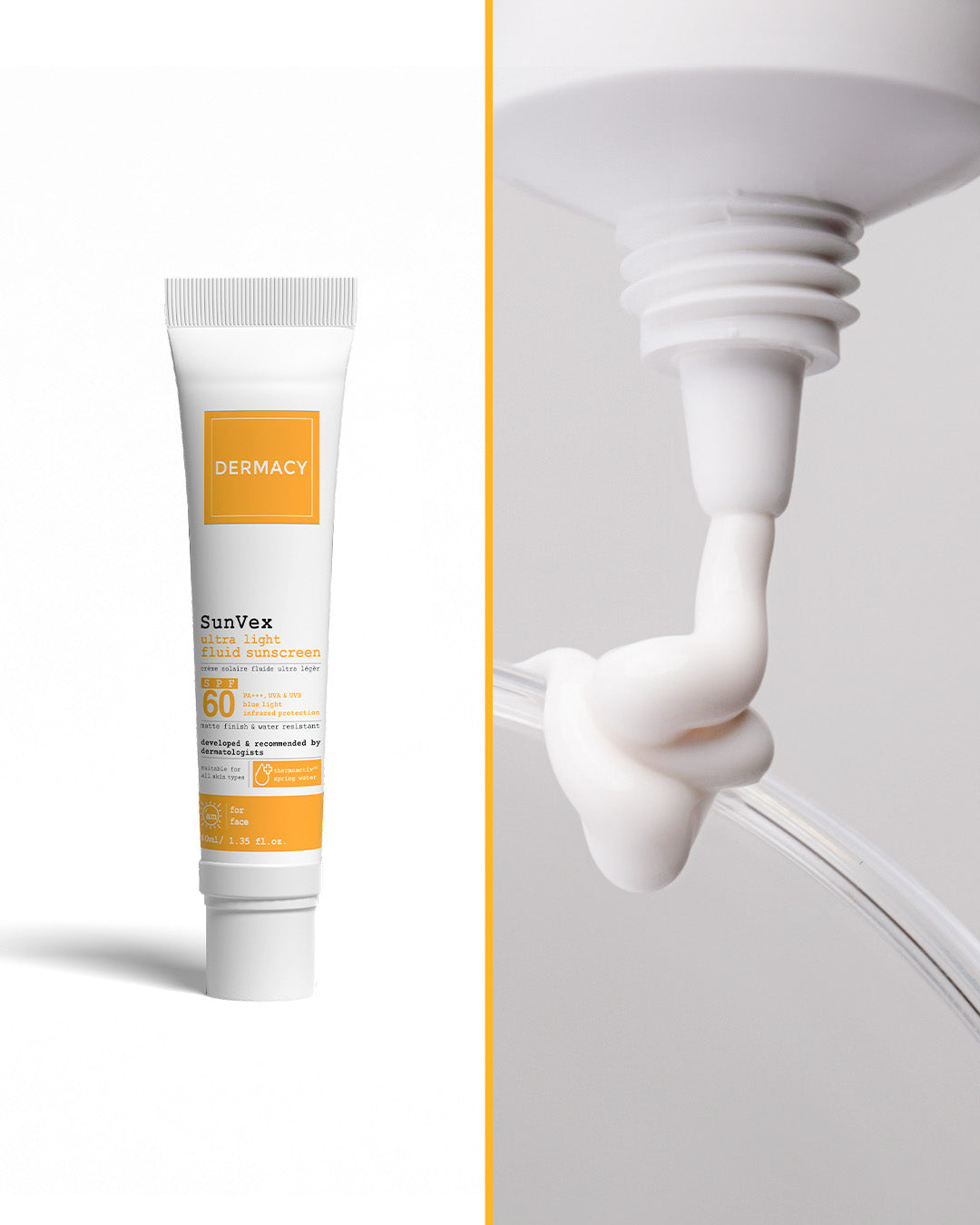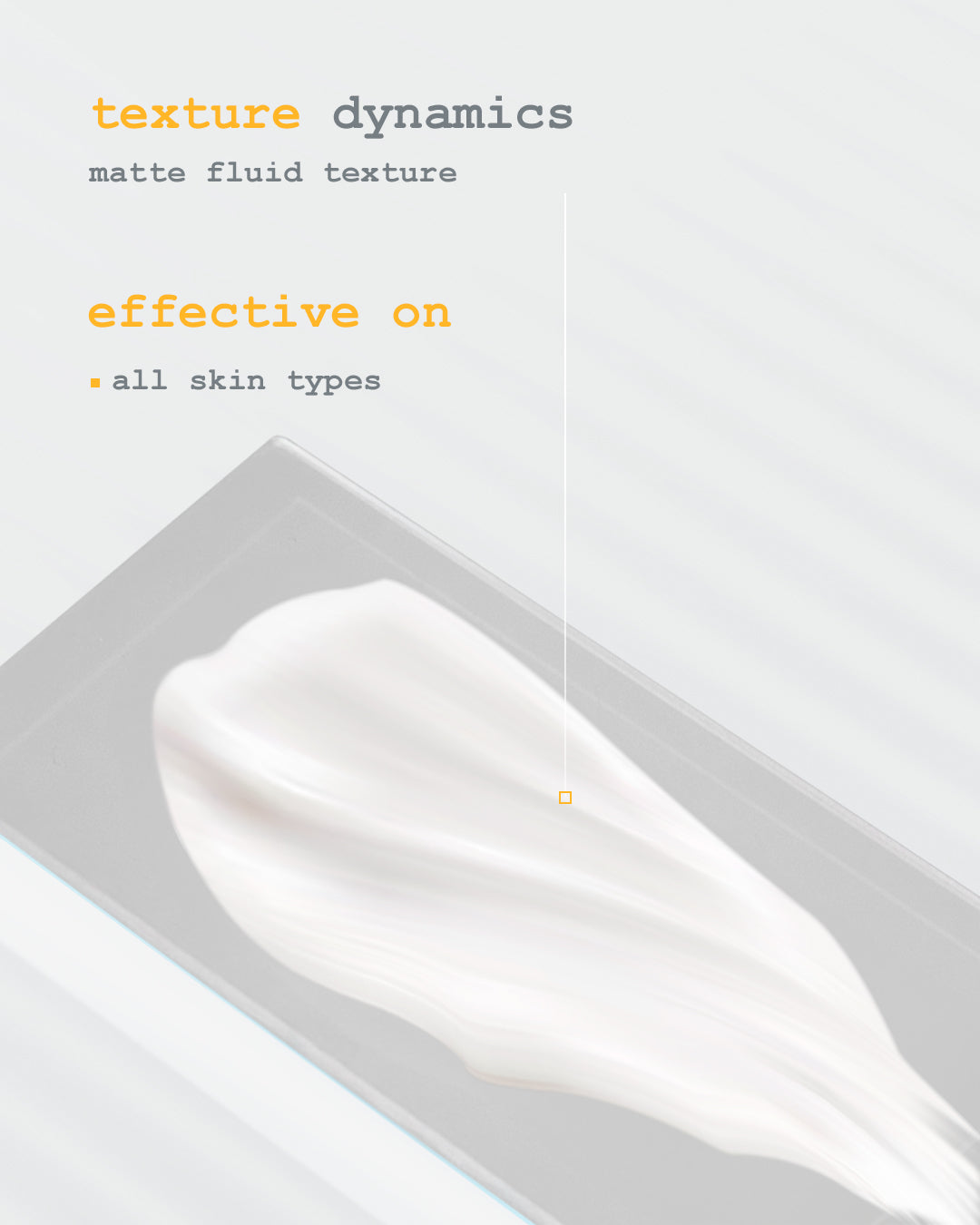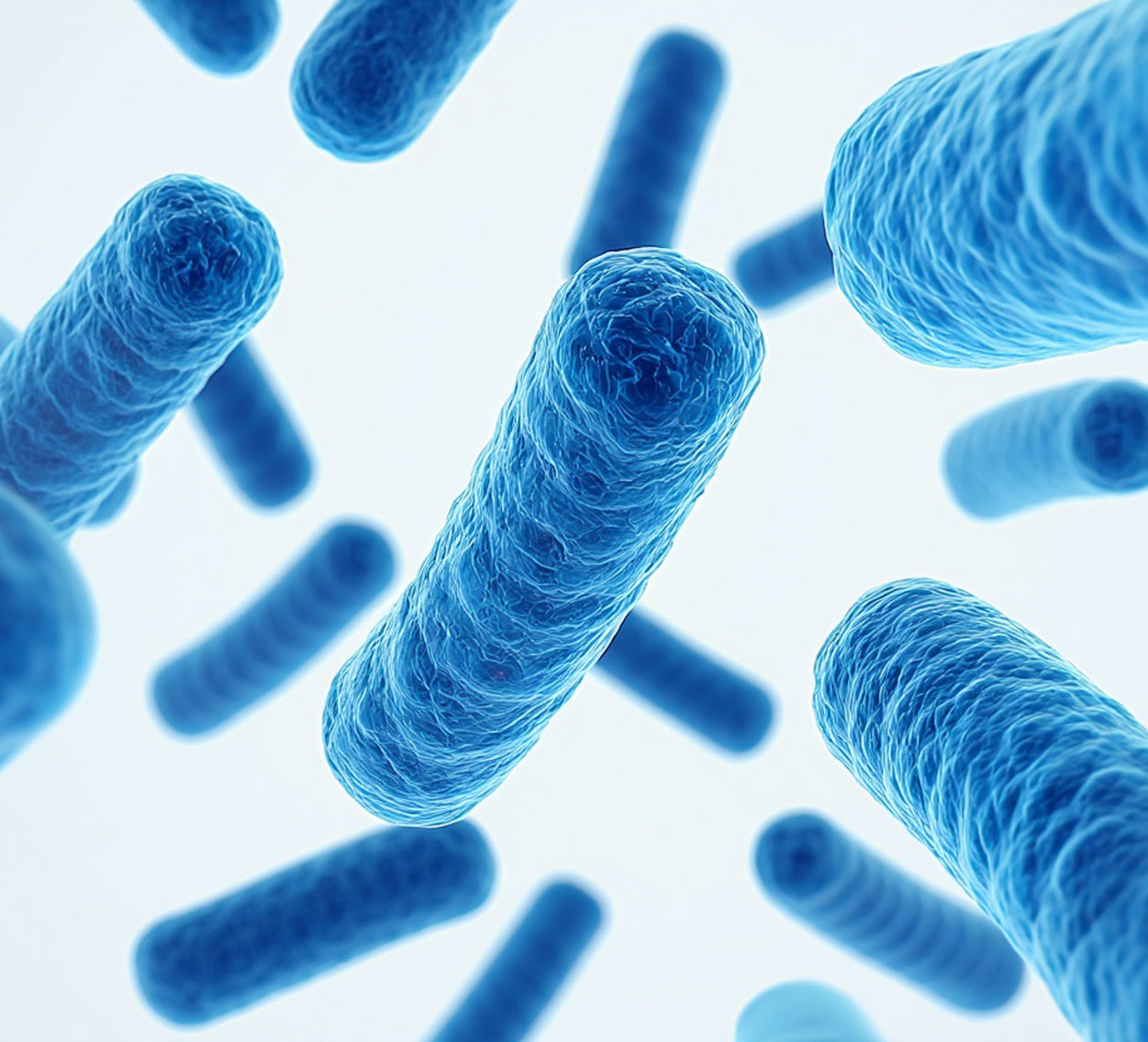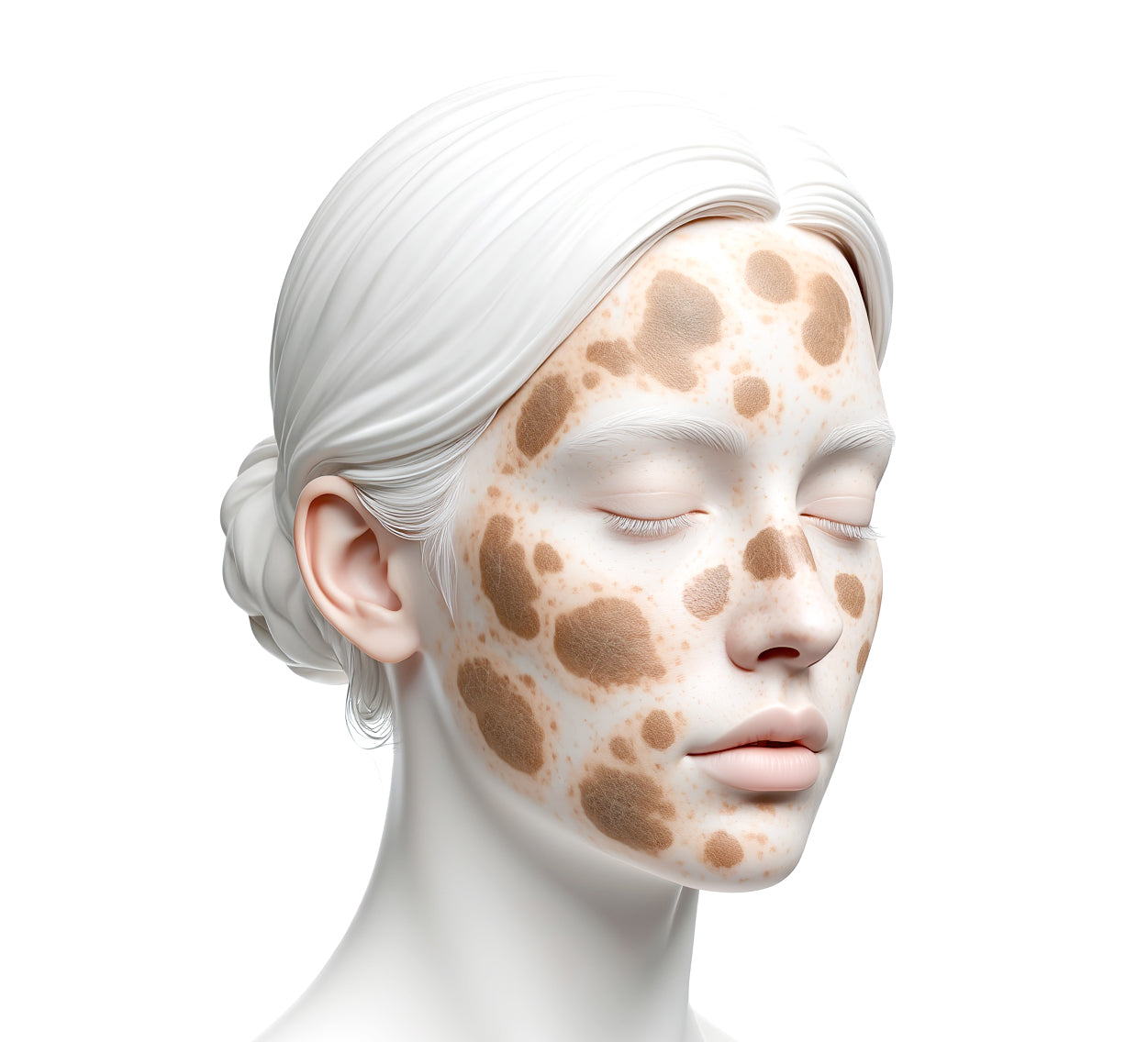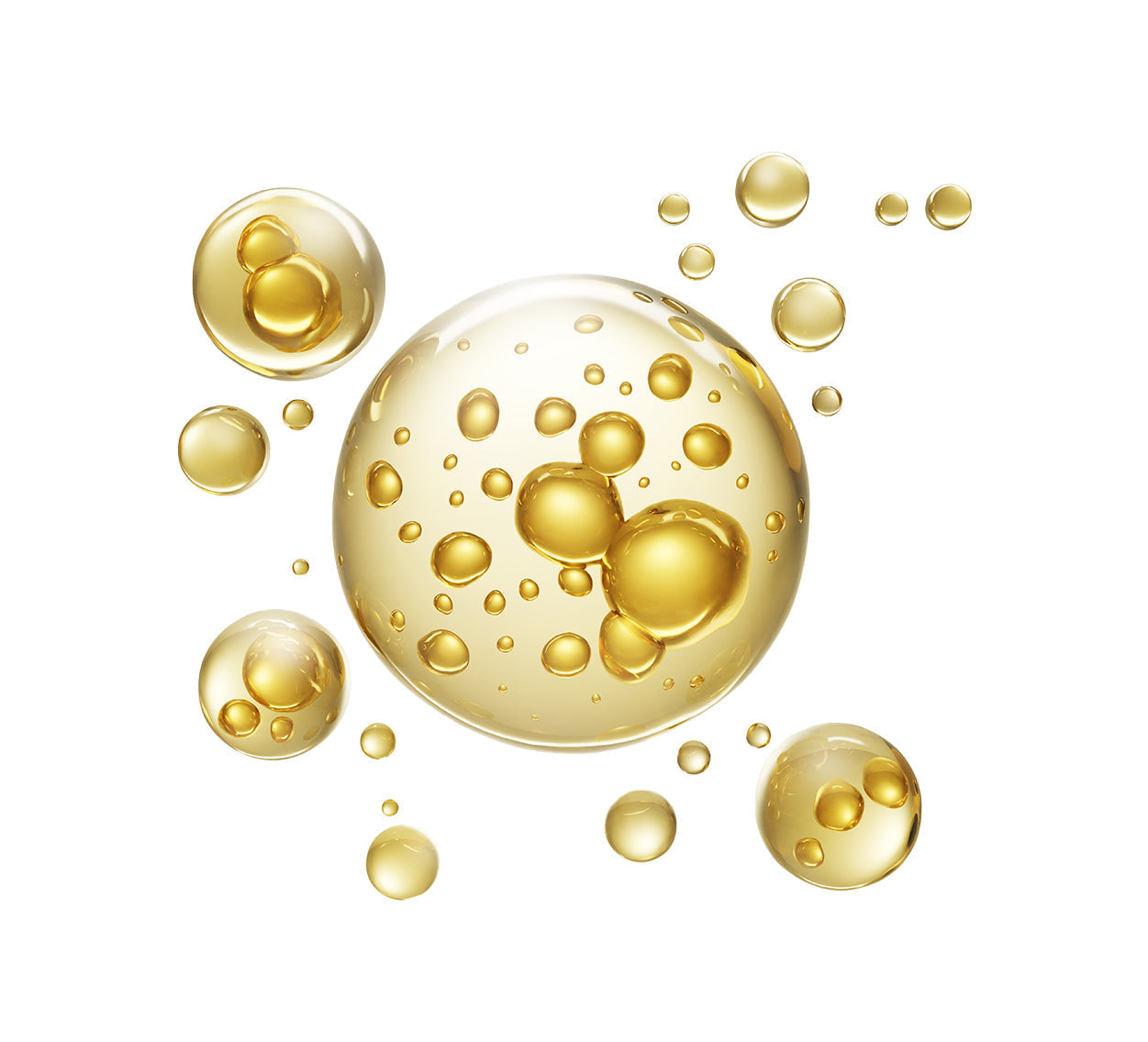Urea: The Underrated Powerhouse Your Dry Skin Has Been Waiting For
What Urea Does Best
Urea offers a unique combination of hydration and exfoliation, making it a go-to ingredient for dry, rough, or compromised skin. Here's what it can do for you:
- Deeply hydrates by increasing moisture retention in the skin.
- Softens rough, thickened skin, especially on elbows, heels, and hands.
- Gently exfoliates without disrupting the skin barrier.
- Improves texture in conditions like eczema, psoriasis, and Keratosis Pilaris.
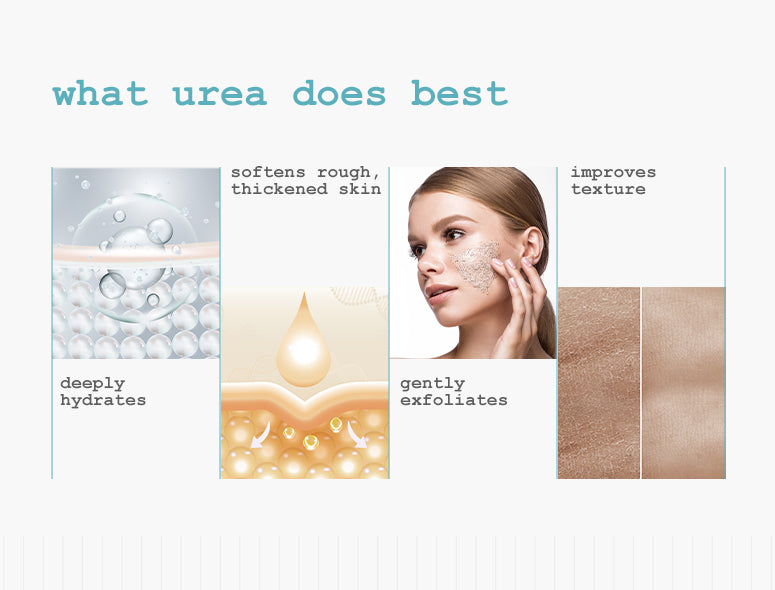
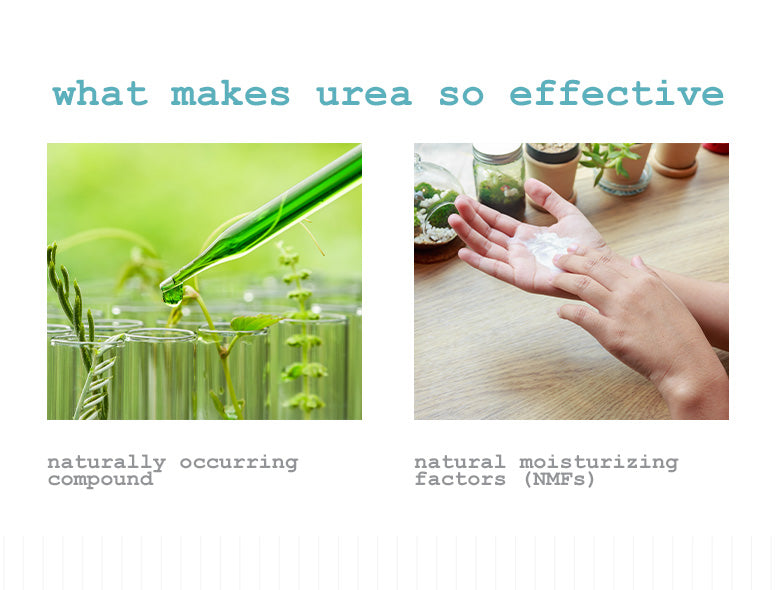
What Makes Urea So Effective
Urea is a naturally occurring compound found in the skin's natural moisturizing factors (NMFs). In skincare, it's synthetically produced to mimic the way your body hydrates and maintains skin health.
At lower concentrations (under 10%), urea acts as a humectant—drawing water into the skin and enhancing moisture retention. At higher concentrations (10–40%), it becomes a gentle keratolytic, meaning it helps break down hardened, dead skin and smooth rough texture.
Where Urea Fits in Your Routine
Urea can do a lot—but using the right concentration is key. Here’s how to work it into your routine effectively.
- Start with 5–10% for daily use, especially on the face or sensitive areas.
- Use 10–40% for treatment products targeting rough patches, Keratosis Pilaris, or calluses.
- Apply after cleansing on damp skin to lock in hydration.
- Can be used once or twice daily depending on how your skin reacts.
- Pairs well with: ceramides, lactic acid, niacinamide, and hyaluronic acid.
Avoid using Urea immediately after harsh exfoliants to prevent over-sensitizing.
Final Takeaway
Urea is one of the few ingredients that hydrates and exfoliates at the same time. It works quietly but effectively—making it a staple for dermatologists and skincare minimalists alike.
If your skin feels rough, tight, or just off balance, this might be the ingredient that brings it all back.
High (10–40%): Acts as a keratolytic, helping break down thick or rough skin, especially for conditions like keratosis pilaris or calluses.





